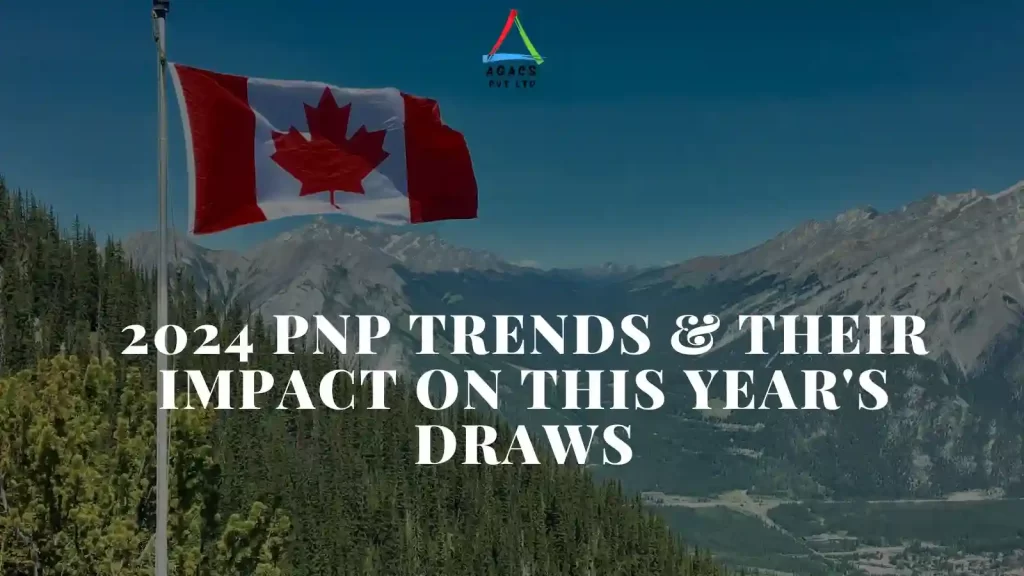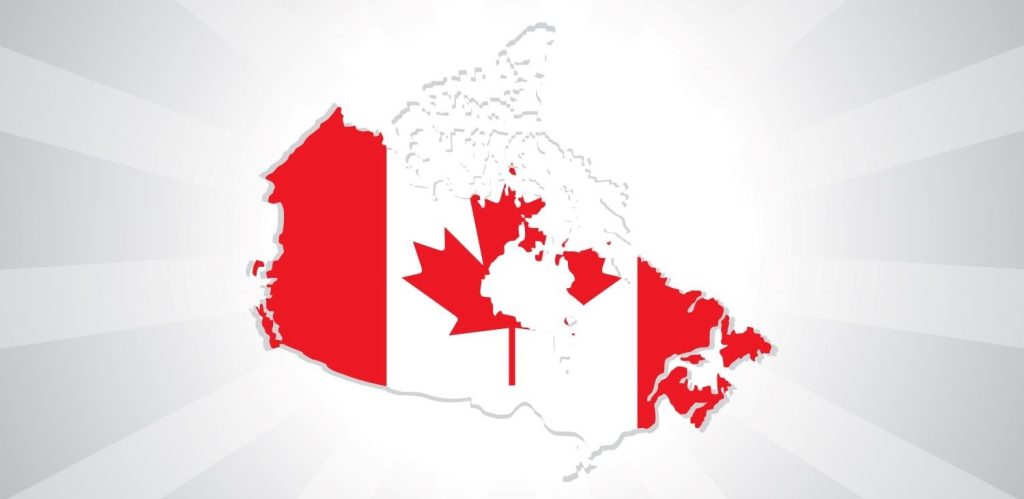2024 PNP Trends & Their Impact

As January 2024 draws to a close, Canada’s provincial governments have been actively issuing Invitations to Apply (ITAs) under their respective Provincial Nominee Programs (PNPs). These programs play a crucial role in Canada’s immigration strategy, allowing provinces and territories to select immigrants who meet their specific economic and demographic needs.
Ontario, British Columbia (BC), Alberta, Manitoba, Prince Edward Island (PEI), Saskatchewan, and Quebec have all been key players in the recent PNP draws, each with unique focuses and trends shaping the landscape of Canadian immigration.
Ontario’s Strong Presence:
Ontario stands out with four draws completed in January, consistently inviting over 1000 candidates in each draw. Notably, on January 11, the province issued invitations to 2552 candidates in the Express Entry Skilled Trades stream, indicating a robust demand for skilled labor in various sectors.
BC’s Targeted Approach:
Similarly, BC completed four draws in January, maintaining its trend of alternating between general draws and tech draws each week. The province is strategically targeting immigration in childcare, construction, healthcare, and veterinary care occupations, reflecting its efforts to address specific labor shortages.
Alberta’s Focus on Healthcare:
Alberta took an early lead in 2024 by issuing nominations on January 23 for Healthcare pathway workers with a job offer in the province. While the number of invitations in Alberta’s draws may seem relatively low compared to other provinces, the focus on highly targeted immigration for healthcare and agriculture workers is evident.
Manitoba’s Inclusive Approach:
Manitoba completed three draws, including a targeted draw for Ukrainians, showcasing its commitment to diversity and inclusion in its immigration policies.
Quebec’s Language Proficiency Requirement:
Quebec introduced updates to its French language proficiency requirements, expanding the criteria to include regions outside of Montreal. Candidates now need to demonstrate a level 7 or higher oral proficiency in French, reflecting the province’s emphasis on language integration.
Key Trends and Policy Updates:
Overall, BC and Ontario led in the frequency of draws, indicating their high levels of immigration. One notable trend was the emphasis on candidates with a job offer, with Ontario and Alberta particularly focusing on this category. Additionally, healthcare workers emerged as a priority for Western provinces, with BC and Alberta targeting this sector in multiple draws.
Looking Ahead:
As Canada aims to welcome approximately 110,000 permanent residents through its PNP program in 2024, these January draws provide valuable insights into the evolving landscape of Canadian immigration. With provinces adapting their policies to address shifting priorities and demands, prospective immigrants can anticipate a dynamic and diverse array of opportunities across Canada’s PNPs.
Factors such as changes in immigration policies, regional labor market demands, and demographic shifts are influencing the trends in Canada’s PNP for 2024.
The 2024 PNP trends could lead to variations in immigrant distribution among provinces, with some provinces experiencing higher influxes due to specific program adjustments or economic opportunities.
The 2024 PNP trends could stimulate local economies by addressing skill shortages, fostering entrepreneurship, and contributing to demographic diversity, leading to enhanced economic growth and development.


